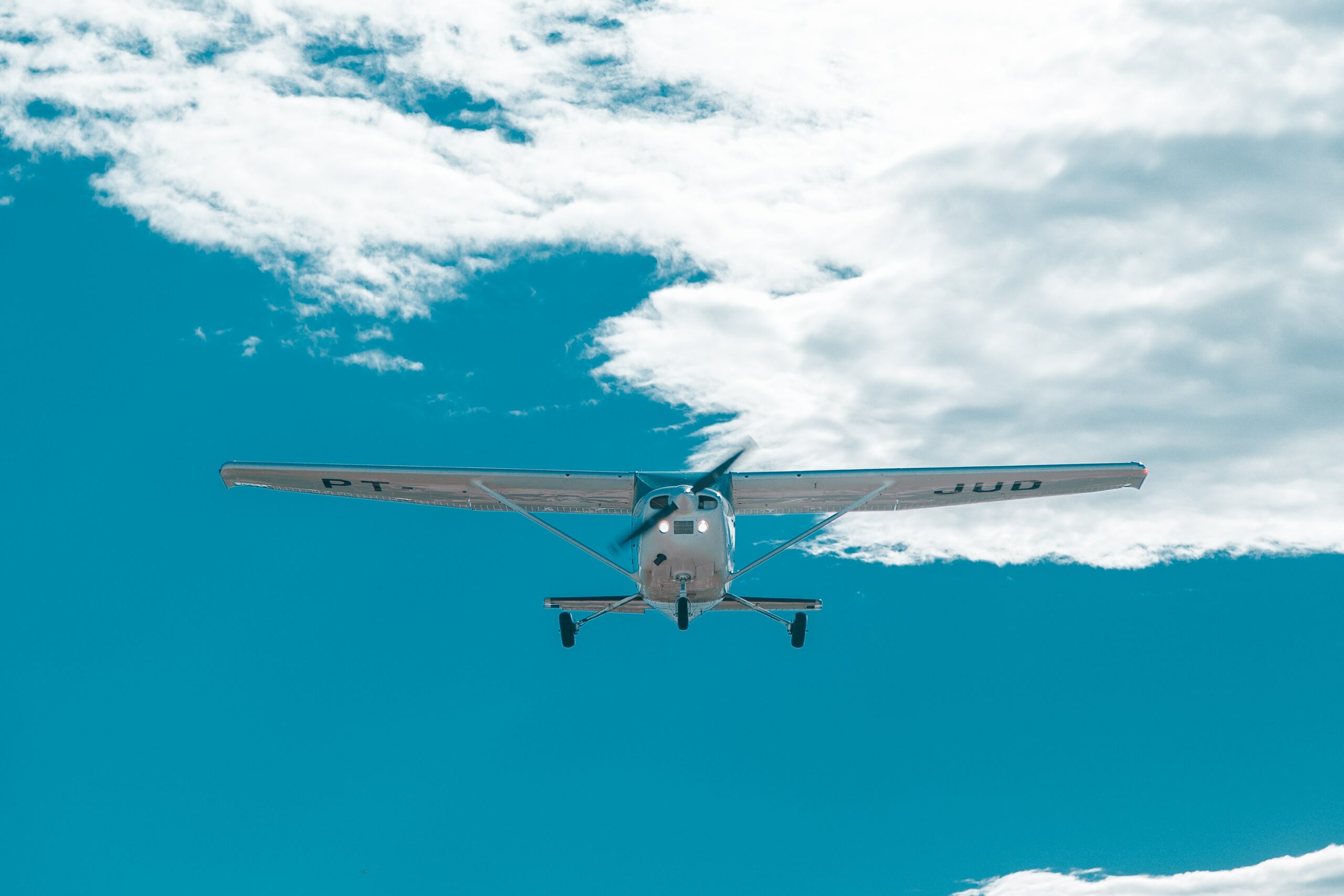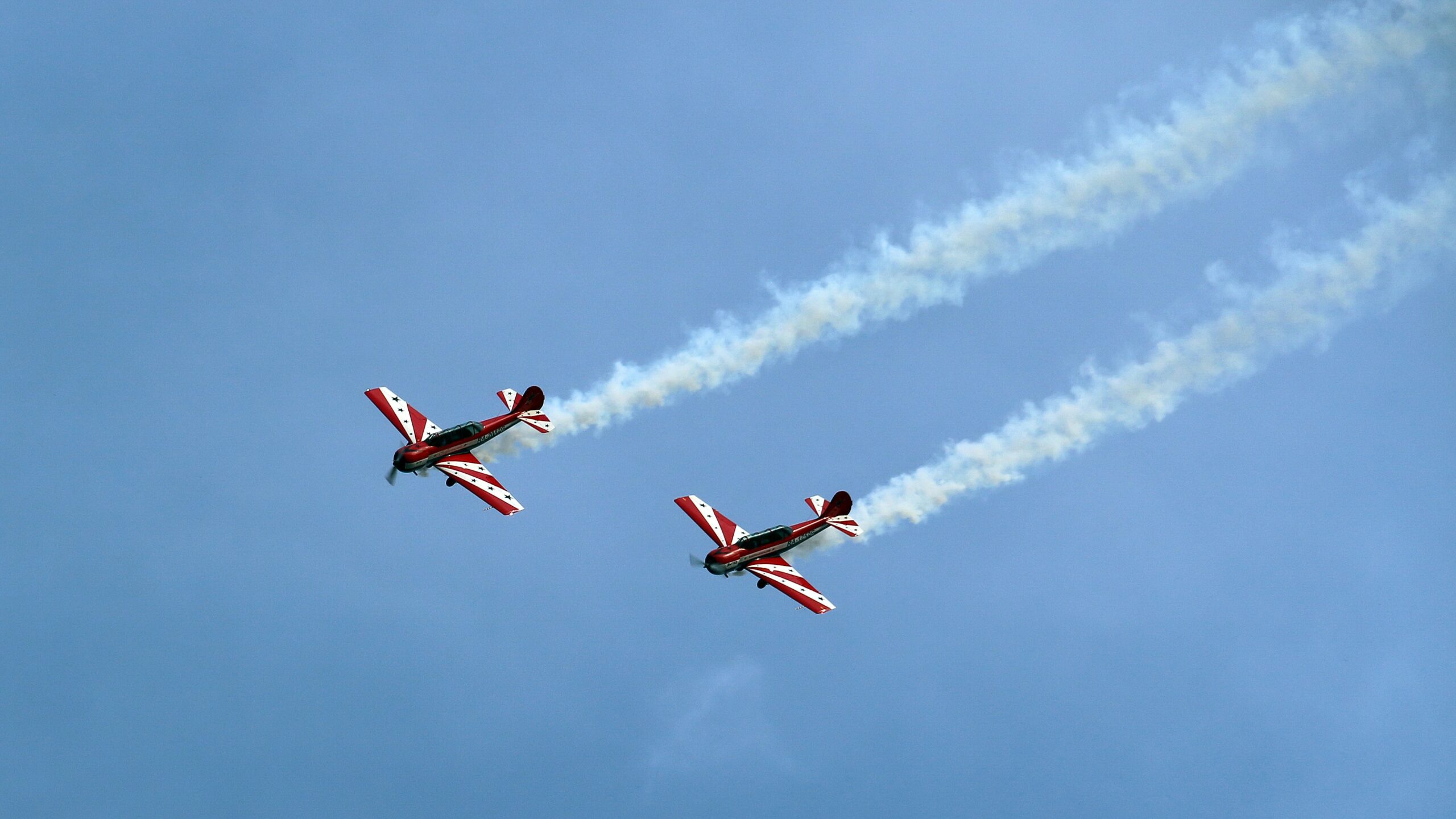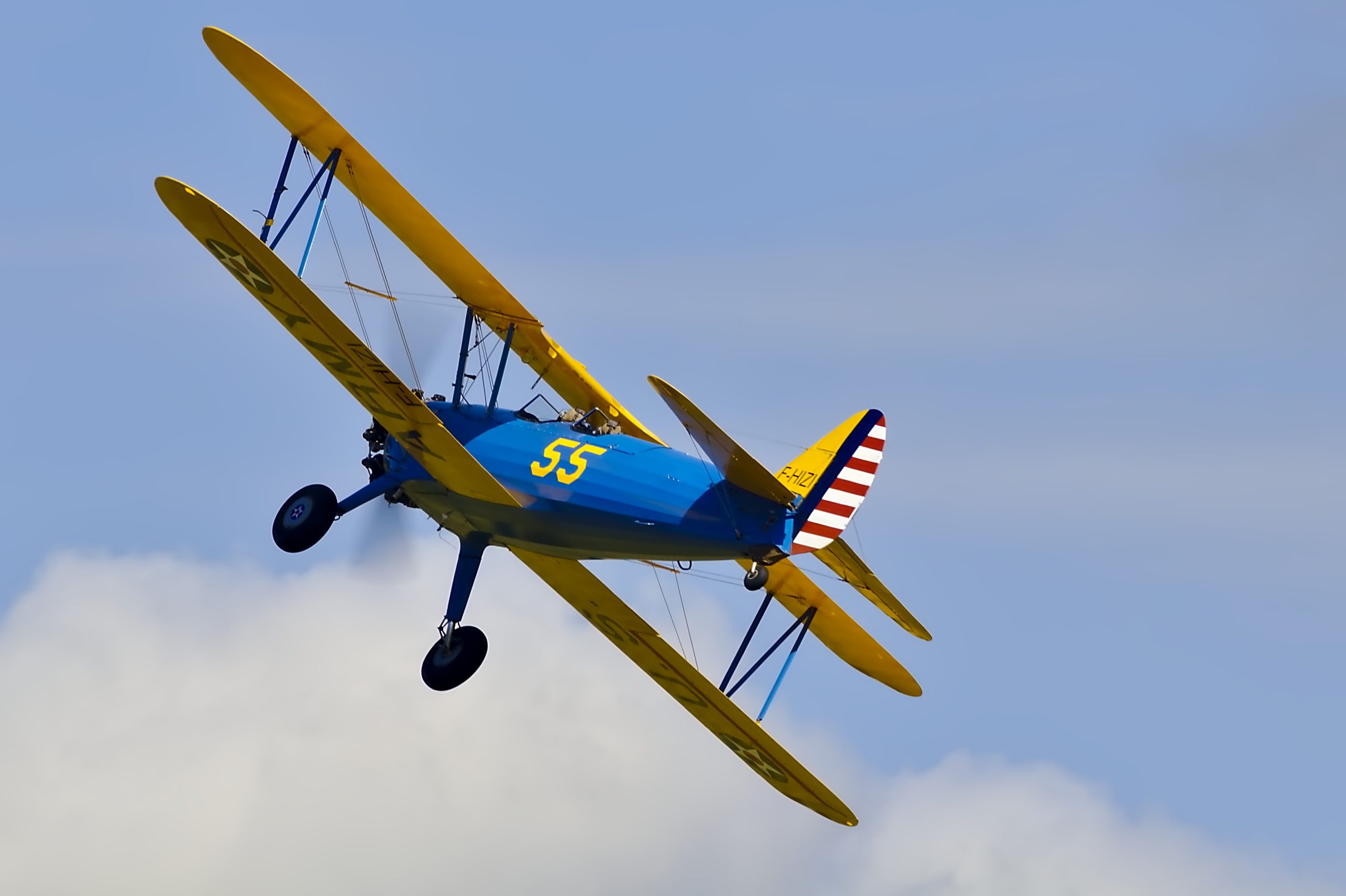
by
Posted
Attitude, Power and Performance
Every student pilot is told early on in their flight training something like “pitch plus power equals performance” or “attitude plus power equals performance”.


Every student pilot is told early on in their flight training something like “pitch plus power equals performance” or “attitude plus power equals performance”.


I’VE BEEN WORKING with some students on two or three manoeuvres that all begin the same way…


A couple of days ago I found a really great recipe in the Guardian Newspaper


This post addresses an issue that consumes a lot of discussion time among pilots, whenever they get together: the engine-failure-after-takeoff (EFATO) and the decision on whether to try to turn back to the runway, or to try to “land ahead”.


Why do people find steep turns difficult? I’m going to suggest it’s because they’re not thinking about them the right way.


I must say, it’s tricky to teach people to land. Most manoeuvres that you have to learn in order to be a pilot can be practiced thousands of feet up in the air, where there’s no danger and no damage if things don’t work out, and where the instructor has plenty of time to fix things if and when they go wrong.


The scenario: our single-engined training aircraft airplane is set up in a stable descent on approach to land. The configuration is appropriate, perhaps with partial or full flaps extended. Airspeed is somewhere between 60 and 80 knots. What happens to the flight path of the airplane if the pilot pulls back on the yoke and raises the nose? Stop and think about the answer for a minute, then read on.


Your small airplane has landed in a grass strip, or field, or other confined area, one with which you’re not familiar. There’s a runway of sorts, but it’s muddy in places, or the grass hasn’t been cut for a while. Also it’s not level, like the tarmac runways you’re used to. There’s a bit of an up-slope here, and it definitely slopes down over there.